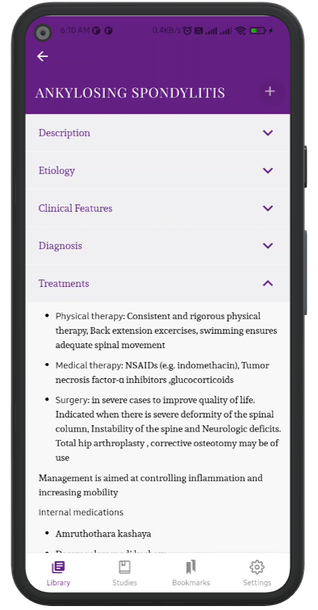TRIGEMINAL NEURALGIA
Description
- Trigeminal neuralgia or tic douloureux is characterized by a sudden usually unilateral severe brief stabbing recurrent episodes of pain in the distribution of one or more branches of the trigeminal nerve
- Trigeminal neuralgia affects women more often than men, and it's more likely to occur in people who are older than 50
- Attacks can occur without provocation but are sometimes triggered by innocuous stimuli like chewing
- Classical trigeminal neuralgia (CTN): caused by neurovascular compression, most often by an aberrant loop of a neighbouring artery (usually the superior cerebellar artery)
- Secondary trigeminal neuralgia (STN): caused by a major underlying neurological disease, most frequently multiple sclerosis, a tumour at the cerebellopontine angle, or arteriovenous malformation
- Idiopathic trigeminal neuralgia (ITN): no identifiable cause (unremarkable findings on MRI and electrophysiological tests)
Types
- Pain is usually described as stabbing, paroxysmal, reminiscent of electric shock, or burning and is limited to the area innervated by one or more branches of the trigeminal nerve
- Sharp, pressing, crushing, exploding or shooting pain
- Unilateral facial pain followed by a burning ache
- Lasts several seconds (in rare cases, several minutes) and may occur up to 100 times per day
- Typically shoots from mouth to the angle of the jaw on the affected side
- Occurs either at rest or is triggered by movements such as chewing, talking, or touch (e.g., brushing teeth, washing face); becomes worse with stimulation
- Facial spasms may occur
- Psychological distress: ranging from dysphoria to severe depression with suicidal tendencies
- Usually progressive course
Investigation
- Usually a clinical diagnosis is made
- Type of pain- sudden, shock-like and brief
- Location- Parts of the face innervated by the trigeminal nerve
- Triggers- light stimulation of cheeks, such as from eating, talking or even encountering a cool breeze
Neurological examination
- Touching and examining parts of the face can help to determine exactly where the pain is occurring and which branches of the trigeminal nerve may be affected
- The rapid spreading of pain, bilateral affliction, or involvement of other cranial nerves suggests a systemic cause
- MRI
- Blood work indicated to exclude collagen vascular diseases
Treatments
- Anticonvulsant medicines—carbamazepine (most effective), oxcarbazepine, topiramate, clonazepam, phenytoin, lamotrigine, and valproic acid
- Surgical interventions (including SRS) Stereotactic Radiosurgery
Ayurvedic Treatment
Internal medicines
- Pathyashadanga Kashaya
- Astavarga Kashaya
- Dhanada nayanadi Kashaya
- Vaiswanara Choornam
- Panchakola Choornam
- Varanadi Gritha
- Sirasooladi vajra rasa
- Agnikumara rasa
Procedures
- Jaloukavacharana - forehead
- Virechana - Gandharvaeranda
- Nasya - Bringaraja Swarasa +Ajaksheera , Shadbindhu taila
- Ksheeradhuma - Vatahara drugs
- Karnapoorana - Dhanwanthara taila
- Thala – Rasnadi choorna + Nimbamruta eranda
- Lepa - Eranda leaves fried in Mahamasha taila + Saindhava (forehead)
- Shirodhara - Dhanwanthara taila , Balahatadi
- Shirovasti - Dhanwanthara taila, Uthama taila
- Sira moksha
Department
Salakya - ENT

